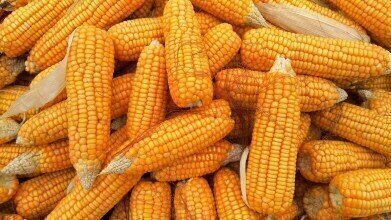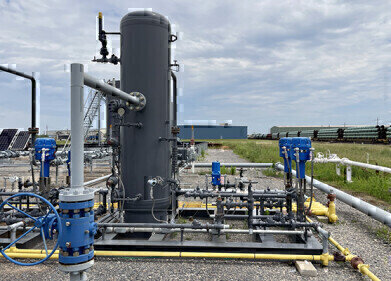Air Clean Up
How Much Pollution Does Corn Generate?
Apr 18 2019
Agricultural activities, including livestock rearing and crop cultivation, are often cited as key contributing factors to environmental degradation. Their consumption of valuable land and water resources, alongside the harmful effects of deforestation and the greenhouse gases (GHGs) they emit, exacerbate the problem of global warming and place a strain on Mother Earth.
However, the effect of agriculture on the quality of the air itself is an often-overlooked question. The use of fertilisers, systemic pesticides and herbicides, alongside the fossil fuels used in farming machinery and the dust kicked up during agricultural processes, can seriously compromise the air we breathe. Thanks to a new study published last month in the journal Nature Sustainability, we now have quantifiable answers as to how much pollution is generated through the production and distribution of the most commonly grown crop in the USA: corn.
The consequences of corn
Penned by engineering professor Jason Hill, who teaches at the University of Minnesota, the report examines in specific detail how the production of corn in the US impacts on air quality and, by extension, human life. To achieve this, Hill and his fellow researchers employed a sophisticated life cycle model, which analysed every step of the corn supply chain process, from the production of fertiliser in Florida to its deployment in cornfields across the country, followed by the transportation used to distribute it to retailers.
For each step, they assessed the amount of particulate matter 2.5 (PM2.5) emissions produced and extrapolated this information against existing research on how PM2.5 causes premature deaths to obtain a final death toll from corn. The figure they arrived at was 4,300 premature deaths caused directly by the production and distribution of the foodstuff, which accounts for around a quarter of air pollution deaths caused by agriculture and around 4% of all air pollution deaths in total.
Ammonia the chief offender
The study found that the vast majority (86%) of PM2.5 emissions were created on the farms themselves, with the remainder being produced through transport and other factory processes offsite. However, it was the application of fertiliser onto the crops which caused the biggest amount of pollution, with the key ingredient of ammonia responsible for approximately 70% of the 4,300-death toll.
Once ammonia is released into the air, it can react with other contaminants, such as sulphur oxides and nitrogen oxides, to create PM2.5, which is a great risk to human health. Therefore, one way to mitigate the most harmful effects of agricultural activity could be to substitute ammonia-based fertilisers for organic ones, such as digestate. Injecting nitrogen-based fertilisers into the soil could also be a viable alternative, since less of it is allowed to escape into the atmosphere in the form of ammonia through this method. In any case, Hill and his team hope that their work will help to shed a light on how farmers and distributors can work towards creating a cleaner and more sustainable supply chain which benefits human health going forwards.
Events
Apr 22 2024 Hannover, Germany
Apr 23 2024 Kuala Lumpur, Malaysia
Apr 24 2024 Sao Paulo, Brasil
May 05 2024 Seville, Spain
May 13 2024 Munich, Germany














